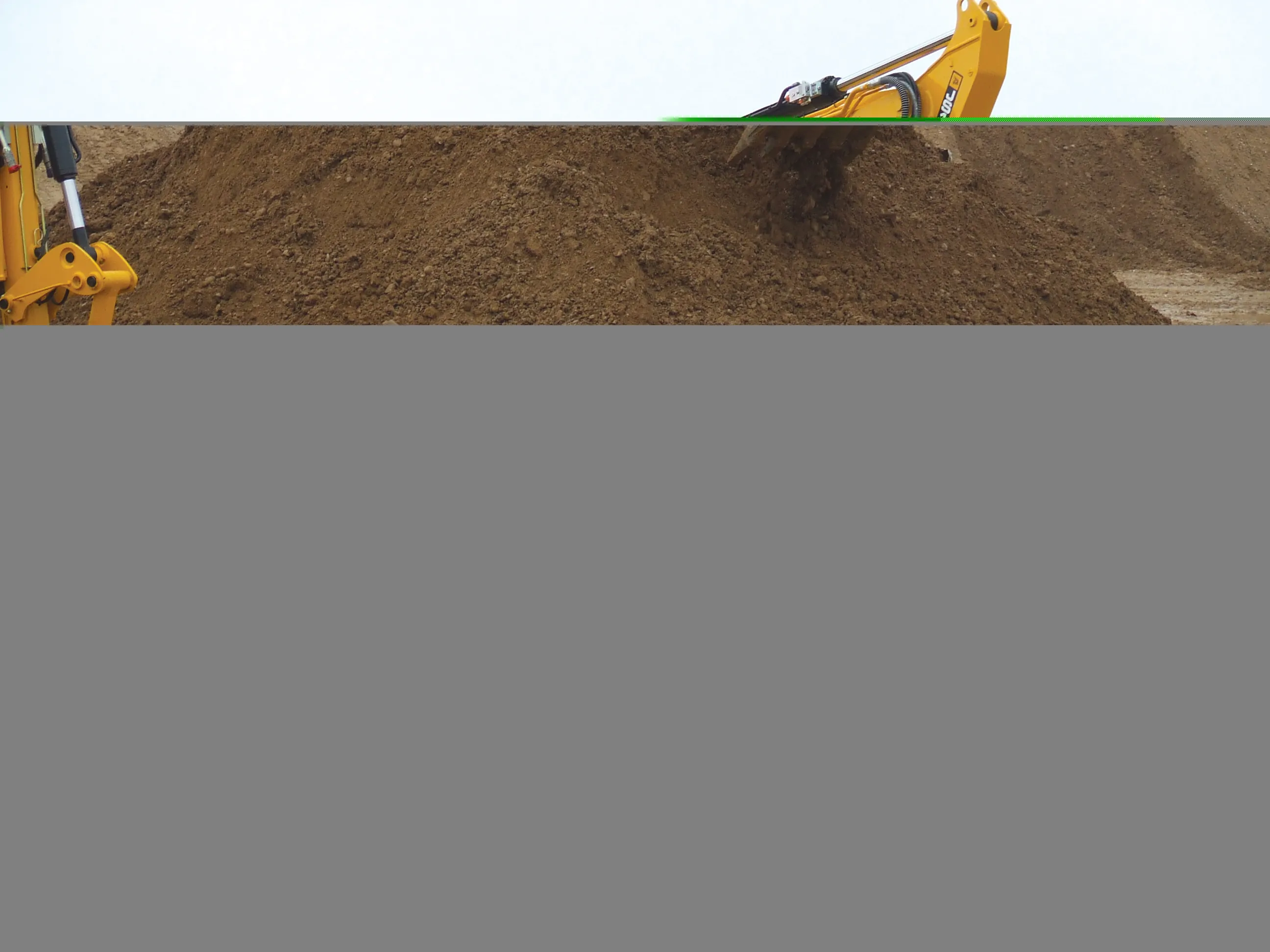To lower emissions, save resources, lower costs and help protect the environment, Volvo Construction Equipment (Volvo CE) is offering customers a range of revitalised components through its Volvo Reman program. The Reman program takes machine components that have reached the end of their ‘first’ useful lives and remanufactures them using high quality genuine Volvo CE parts
August 22, 2012
Read time: 3 mins
To lower emissions, save resources, lower costs and help protect the environment, Volvo Construction Equipment (Volvo CE) is offering customers a range of revitalised components through its Volvo Reman program.
The Reman program takes machine components that have reached the end of their ‘first’ useful lives and remanufactures them using high quality genuineFirst established in 1992, the program has grown to consist of three separate portfolios: Factory Remanufactured Components; Components for Classic Machines; and Exchange Services (currently only cleaning Diesel Particular Filters in Tier 4i/Stage IIIB engines).
The program’s Exchange Services involves customers swapping their full Diesel Particulate Filter for a factory cleaned Reman DPF from Volvo CE. While the machine is fitted with a cleaned DPF, the full filter is sent to a central Volvo remanufacturing hub where it will be cleaned to 95-98% of its original capacity and re-ordered by another customer, said to create a virtuous refurbishment cycle.
“During the early years of its development Volvo Reman was only available to customers within the EU,” says Ehsan Soltani, global product manager for Volvo Reman. “It also only included engines and transmissions. Since then, the program has been extended to many markets and is proving to be a huge success.”
Reman’s factory remanufactured components now allows customers to buy remanufactured components such as engines, turbochargers, transmissions, and final drives to crankshafts and hydraulic pumps.
Described by Volvo CE as much more than a ‘quick fix’, the factory remanufactured components have had all the upgrades and technical modifications since it was first produced as a standard practice.
When a Volvo CE facility receives the part, it’s completely dismantled and inspected, cleaned using advanced equipment and processes. Any parts that are damaged or don’t conform to Volvo CE’s wear tolerances are replaced with Genuine Volvo Parts, the component is reassembled and tested to meet Volvo CE’s stringent quality standards, and the part is painted to give it the same protective finish like any other new part.









